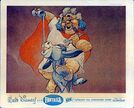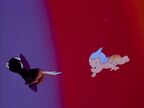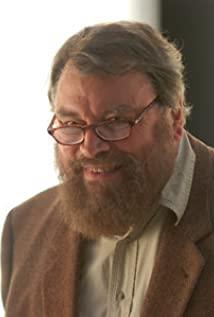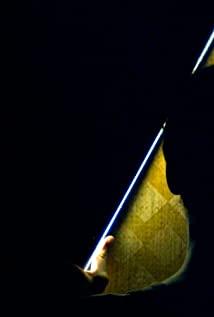-
Deems Taylor: Now, look - will the soundtrack kindly produce a sound?
Soundtrack: [it is silent]
Deems Taylor: Go on, don't be nervous. Go ahead - any sound.
Soundtrack: [blows a "raspberry", vibrating as it does so]
Deems Taylor: [laughs] Well, that isn't *quite* what I had in mind.
-
Deems Taylor: [the soundtrack plays a minor scale on bassoon, ending on a very low note] Go on. Go on; drop the other shoe, will you?
Soundtrack: [it sounds an even deeper note, obviously the lowest]

Ford Beebe Jr.
Extended Reading












